Limited prospects for telescopic ammunition
In the fifties, the so-called. telescopic ammunition for artillery or small arms weapons... Later, this idea was developed in several countries and attracted the attention of the military. However, despite all the expectations and strengths, so far only one gun for telescopic ammunition has entered service. Other developments of this kind have, at least, uncertain prospects.
Basic provisions
The concept of a telescopic projectile appeared in the fifties, but it was not taken seriously until 30 years later. By the beginning of the nineties, the first workable prototypes appeared, and over the next two decades it was possible to complete the development of promising projects and offer ready-made systems to the military.
The basic idea behind the telescopic shot is quite simple. The projectile is completely placed inside the sleeve and is surrounded by a propellant charge. Thanks to this, the ammunition receives a limited size and the simplest cylindrical shape - in contrast to the traditional shot, which is characterized by the complexity of the outer contours. The most famous caseless cartridges, in which a bullet is embedded in a propellant block, can be considered a special case of a telescopic scheme.
The cylindrical shape of the shot simplifies the design and manufacture of ammunition storage and supply systems. It becomes possible to more efficiently use the available volumes and increase the ammunition load. Extraction and dispensing processes are also simplified. There is a fundamental possibility of creating rifle / artillery systems of different schemes.
At the same time, the telescopic chuck has noticeable disadvantages. When developing it, it is necessary to solve several specific problems. In particular, it is necessary to ensure the correct exit of the bullet / projectile from the sleeve with an accurate hit into the breech of the barrel. In addition, the search and development of weapon schemes that allow realizing the full potential of a cylindrical shot has become a serious problem.
The only success
A lot of projects of weapons for a telescopic cartridge are known, but only one sample has so far reached the series and operation in the troops. This is a CTAS 40 cannon from the French-British company CTA International. Case Telescoped Armament Int. was founded in 1994 as a joint venture between Britain's Royal Ordnance and France's GIAT. The main task of the new organization was initially the development of a fundamentally new 40-mm round and weapons for it.
At various times, the CTAI has developed a number of automatic cannons and machine guns of various configurations, single-barreled and multi-barreled. At the beginning of the 40s, based on the accumulated experience, the CTAS 2013 project was launched, which was successfully completed in the next decade. In 40, the first order for the production of CTAS 2018 appeared in order to arm real combat vehicles. The first carrier of such a gun was the armored vehicles of the British Ajax family. In XNUMX, France ordered guns for its Jaguar armored vehicles.
CTAS 40 is a 40mm autocannon for a 40x255 mm telescopic projectile. The most interesting part is the rotating chamber. Before the shot, it turns perpendicular to the barrel bore, after which the shot is sent, which pushes the spent cartridge case. Further, the chamber takes up the previous position and is combined with the barrel for firing a shot. This scheme made it possible to obtain a rate of fire of up to 200 rds / min.
Several rounds for different purposes have been developed for the CTAS 40 cannon. These are general-purpose high-explosive fragmentation, armor-piercing subcaliber, trajectory detonation projectile and several types of practical. Thrown projectiles differ in shape and size, however, due to different leading devices, they are placed in a standard sleeve.
On the way to success
The idea of a telescopic ammunition was originally proposed in the United States, and American experts have been working on its development for a long time in the context of artillery and infantry weapons. For several decades, it has not been possible to obtain results suitable for practical application, but the work continues. At the same time, the main attention is now paid not to artillery, but to small arms.
In 2003, the US Army launched the Lightweight Small Arms Technologies (LSAT) program, which aimed to create new types of infantry weapons. One of its tasks was to work out the issues of creating and using telescopic cartridges of normal caliber. As part of this program, several companies have developed a number of rifles and machine guns for telescopic and caseless cartridges. At the same time, the program did not advance further than testing an experimental weapon, and rearmament did not begin.
Over the past several years, China has been working on telescopic ammunition. In 2016, NORINCO Corporation presented the CS / AA5 combat module with a 40-mm automatic cannon for a telescopic shot. Together with the module, models of two ammunition were demonstrated, as well as armor with penetrations. The initial velocity of the projectiles exceeds 1000 m / s, due to which the high-explosive fragmentation flies for several kilometers, and the sub-caliber penetrates 130 mm of armor at 1 km.
According to open data, the CS / AA5 module and its main carrier VP10 armored personnel carrier are still at the testing stage. It is not known how soon this technique will be brought into service in the army. There is also no new information on the development of the gun. It was not reported about the presence of such developments in the field of small arms.
In our country, work on telescopic ammunition is still in its earliest stages. In 2015, the leadership of the Central Research Institute Tochmash spoke about plans to create similar systems in artillery calibers. It is possible that such works have begun, but their progress or results have not yet been reported.
To date, a number of Russian patents have been issued for various options for telescopic shots and weapons for them. However, these developments do not go beyond paperwork and often have various disadvantages. As a consequence, there is no practical value, and they will not in any way affect the development of weapons.
Limited perspectives
The development of the direction of telescopic ammunition and weapons for them has been going on for several decades, but its results cannot yet be called outstanding. Only a few projects were brought to testing, and so far only one sample has reached the series. It is not known whether the number of successful projects will increase in the future.
The reasons for this situation are obvious. Telescopic ammunition and weapons for it have a number of advantages associated with their use in various fields. However, the creation of such a complex is associated with serious difficulties and the need to work out fundamentally new solutions. In addition, on the horizon is the problem of disunification of ammunition available and promising weapons in the army. Not all potential customers consider the expected benefits reasonable and justify all difficulties.
With all its advantages, weapons for telescopic shots still have limited prospects. To change the current situation, new solutions and technologies are needed that can provide cardinal advantages over the traditional scheme - only they can justify the complexity of development and implementation.
However, already begun projects of artillery and rifle systems for telescopic ammunition will continue. Probably, some of them will even be able to reach acceptance into service. However, the barrel armament revolution seems to be canceled. A unitary ammunition of the usual appearance with a partially recessed projectile does not give up its positions.
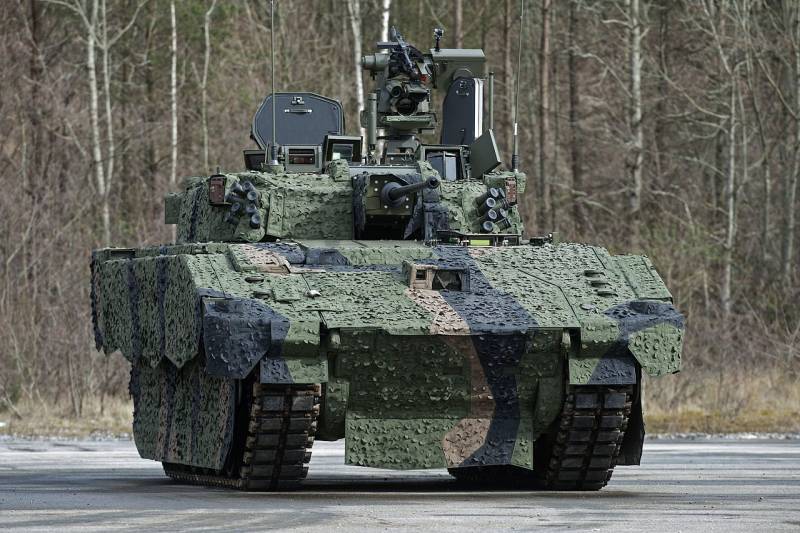
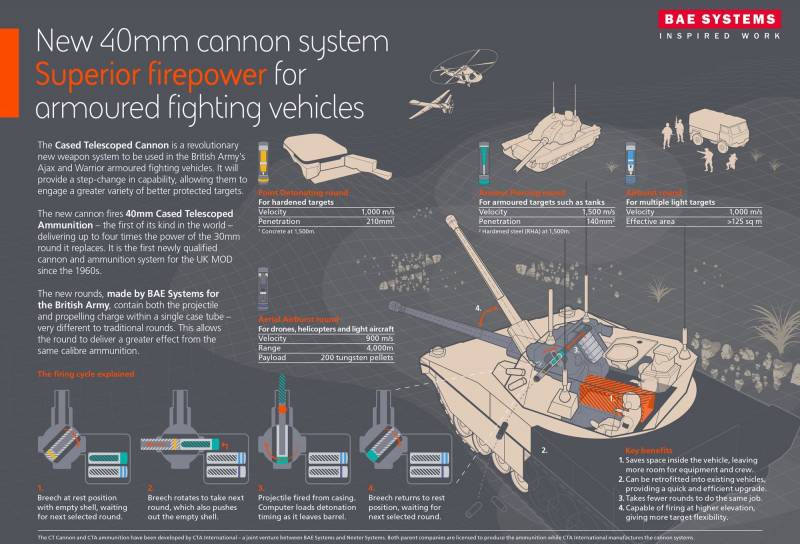
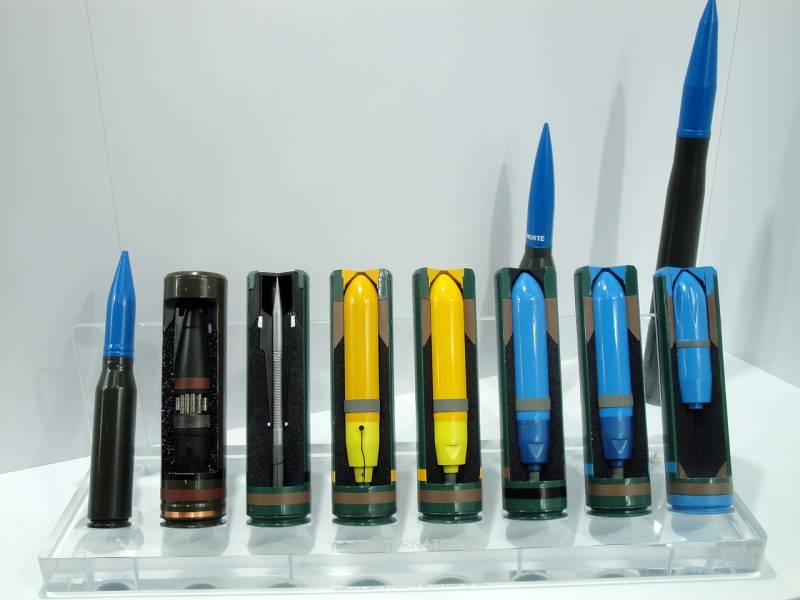
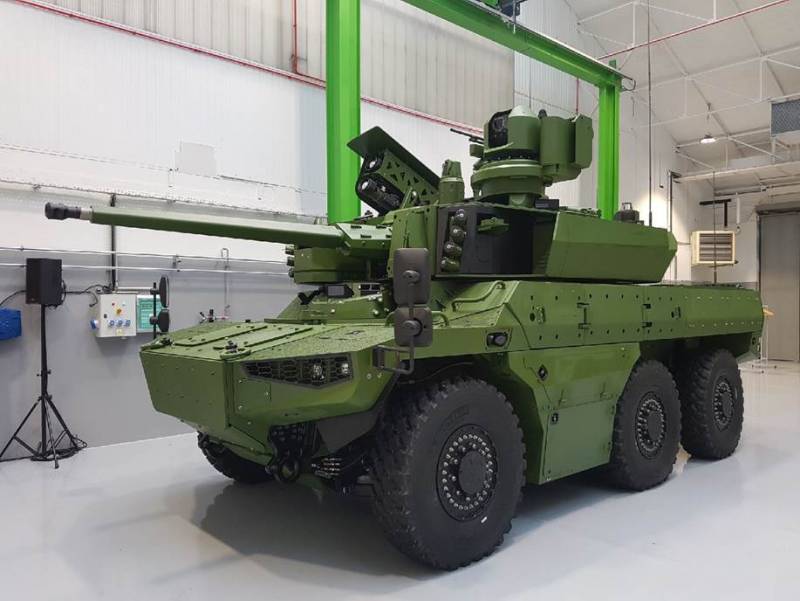
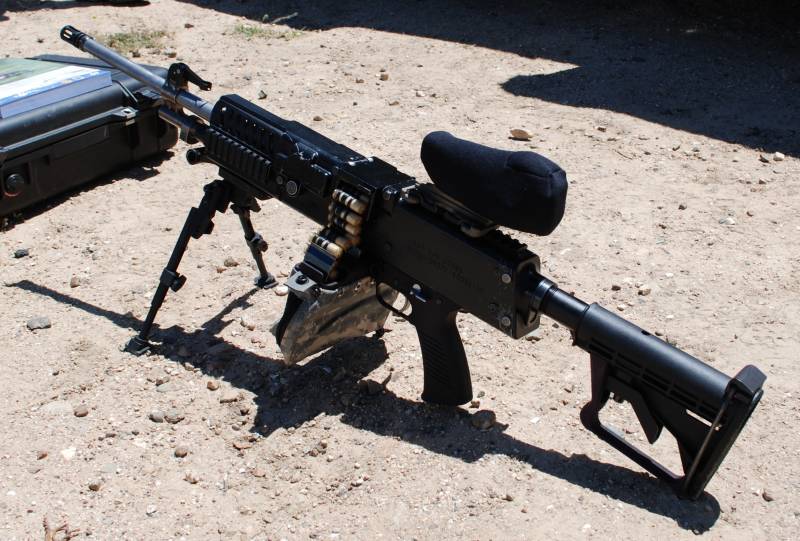
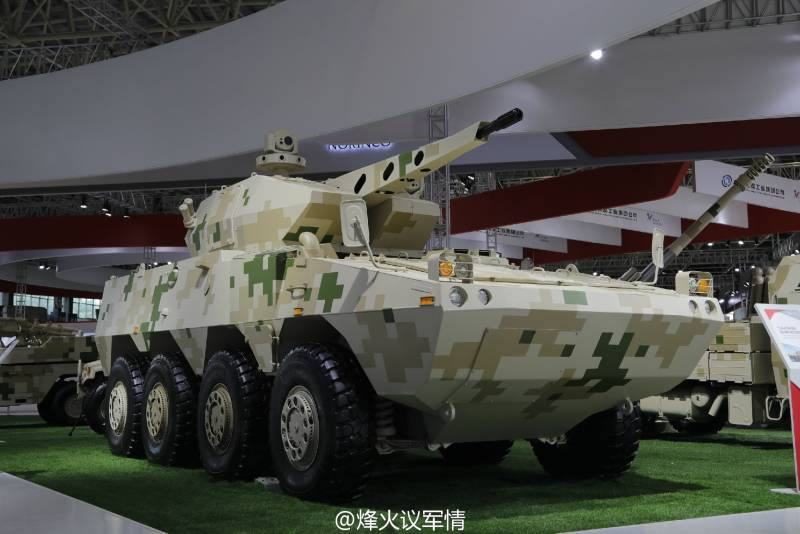
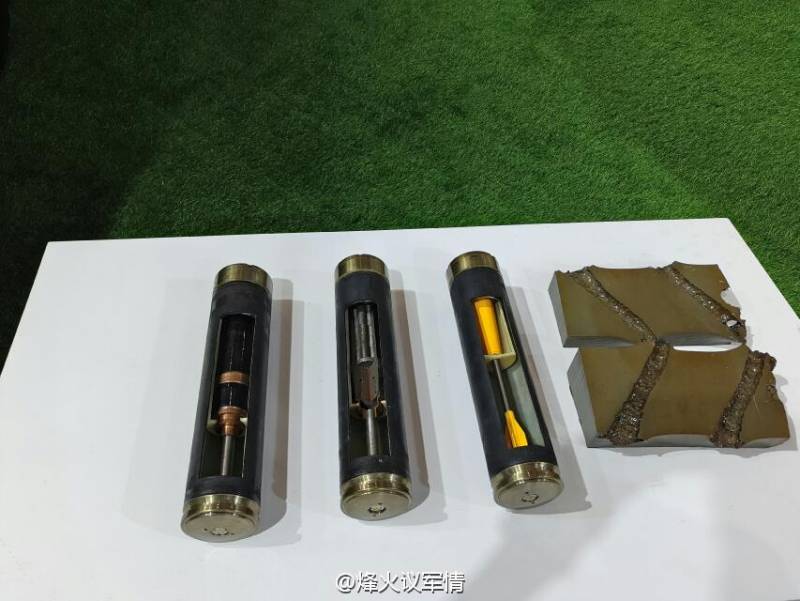
Information